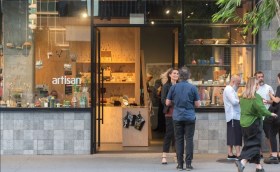The 2024 Bankstown Biennale will spotlight multiracial stories, shared cultural experiences and meaningful connections under the theme ‘Same Same/Different’, a common phrase used at the Top End of Australia by Asian and First Nations people alike to describe similarities while acknowledging differences.
Set to launch in late November with a First Nations-led program, the Bankstown Biennale is co-curated by Coby Edgar, Jason Wing and Bankstown Arts Centre Director, Rachael Kiang, who will each bring their lived experiences and professional expertise to the program.






